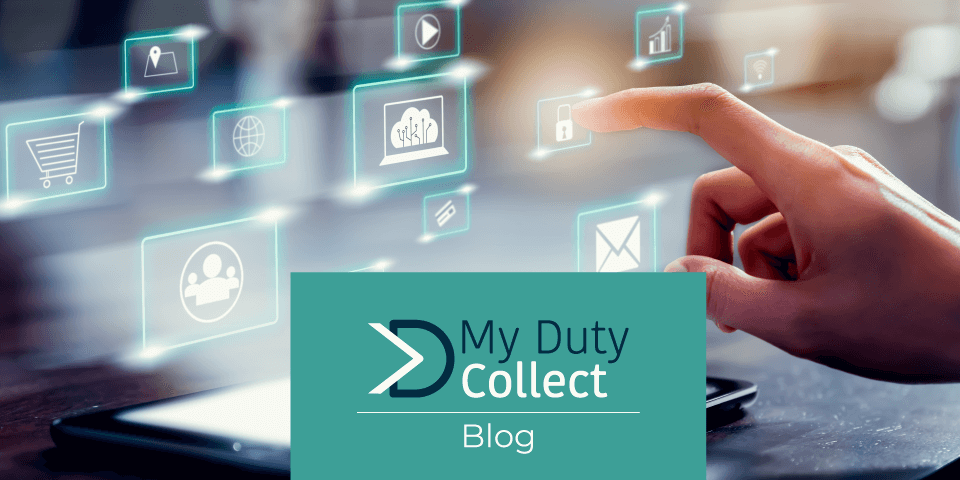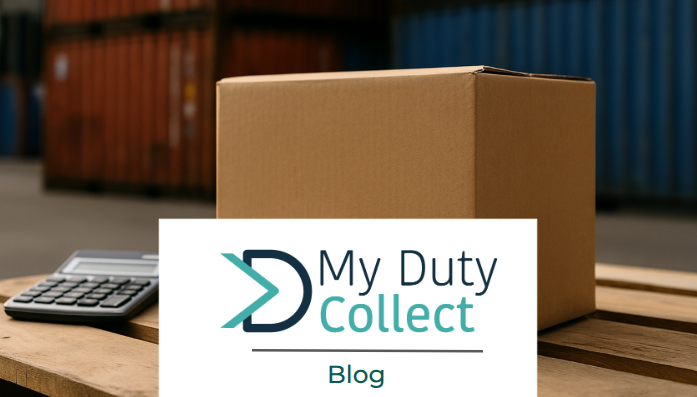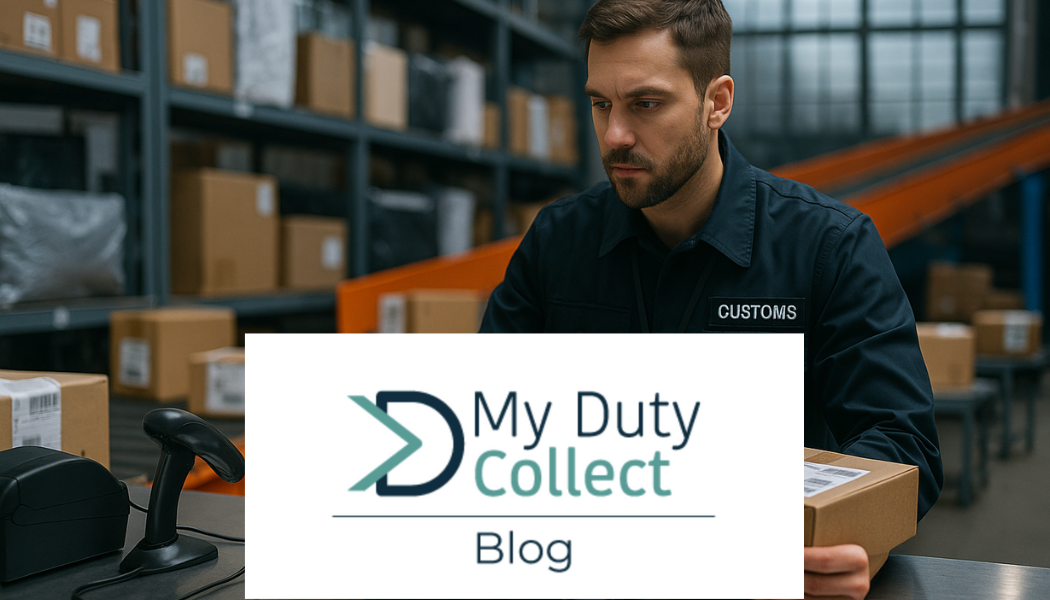The safe and legal flow of commodities across borders is made possible by customs, which is a crucial part of global trade. Digitalization has drastically changed the way businesses and governments handle the flow of goods in recent years, including customs procedures. Here are 5 ways that digitization is transforming the customs landscape.
–
READ MORE: ICS2 and the Importance of Submitting Accurate Data
–
1 – Automated Clearance Systems
Customs authorities can now process larger volumes of consignments quickly thanks to automation enabled by digitalization. Businesses can submit their import and export declarations electronically, using automated clearance systems, meeting customs requirements. It is now simpler for businesses to comply with trade internationally due to modern and streamlined customs systems.
2 – Electronic Data Interchange (EDI)
Businesses and customs officials can exchange electronic documents thanks to Electronic Data Interchange (EDI). Data such as invoices, packing lists, and customs declarations can be transmitted securely and effectively with the use of this technology. EDI reduces the need for human data entry, lowering the possibility of mistakes and accelerating the clearance processes.
3 – Risk Management
Data analytics and artificial intelligence (AI) are now tools that customs officials can employ to identify and manage risk. Customs authorities can identify possible threats, such as fraud or smuggling, and take preventative action by screening data from a variety of sources, including shipping documents, trade agreements, and watch lists.
4 – Blockchain
Blockchain technology offers a safe and transparent system for tracking products across borders, which has the potential to revolutionize customs procedures. Customs officials can use blockchain to document every stage of the supply chain, from origin to destination. This increases accountability and transparency, lowers the possibility of fraud, and ensures that rules are followed.
5 – Mobile Applications
Interactions between enterprises and customs authorities are changing as a result of mobile applications. Mobile applications help businesses better navigate the customs landscape by granting real-time access to information such as customs procedures, tariff rates, and clearance status. Small and medium-sized businesses (SMEs), which might not have the means to deal with complicated customs procedures, can benefit the most from this technology.
The customs scene is going through a revolution because of digitalization, which is giving governments and businesses new ways to control the flow of products across borders. By embracing digitization, businesses and customs authorities may increase compliance, decrease costs, and expedite operations, increasing the effectiveness and accessibility of international trade.

Subscribe to our blog and visit our website and LinkedIn page for more updates. You can also reach out to us by sending a message to info@mydutycollect.com. We will be delighted to hear from you.




